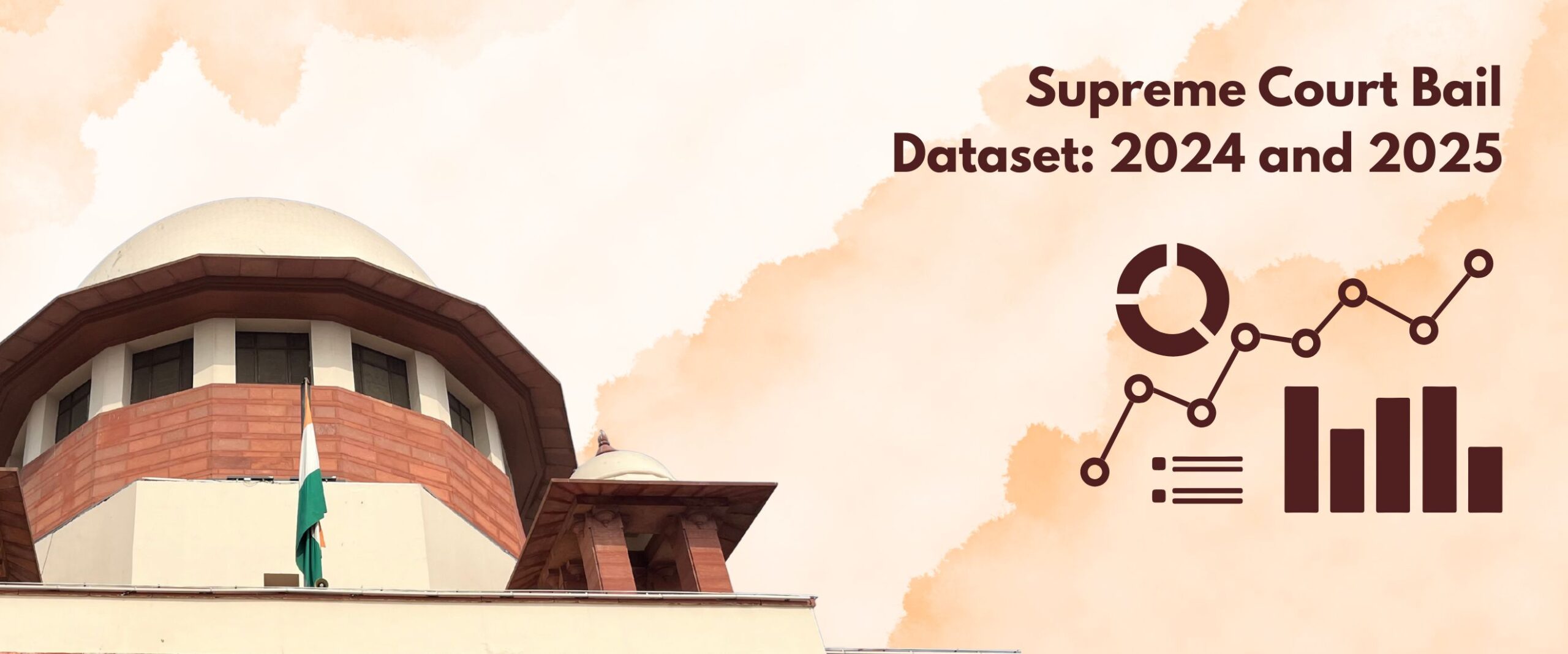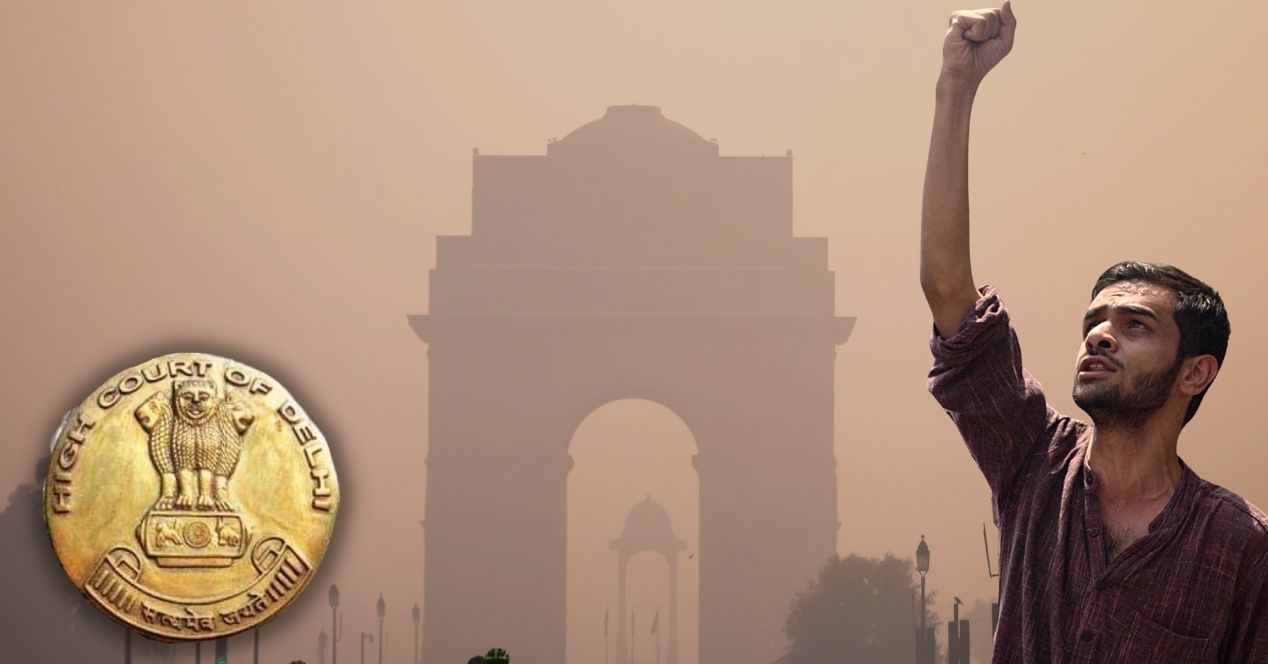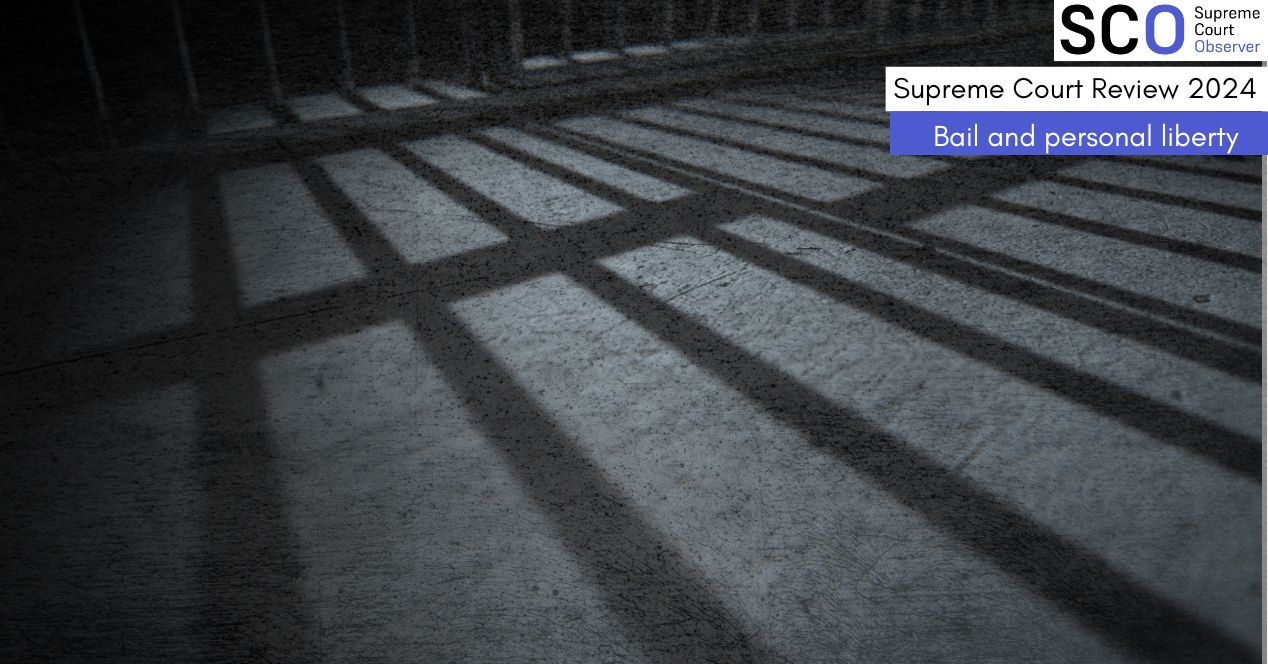Court Data
The SC on bail under UAPA and PMLA: a dataset from 2024 and 2025
As the Supreme Court considers the bail plea of Umar Khalid, here’s a ready-reckoner of relevant verdicts from the last couple of years

The Supreme Court’s bail jurisprudence under special statutes such as the Unlawful Activities (Prevention) Act, 1967 (“UAPA”) and the Prevention of Money Laundering Act, 2002 (“PMLA”) reveals a constitutional paradox. While the Court repeatedly reaffirms that “bail is the rule, jail the exception,” its decisions over between 2024 to 2025 show a sharp divergence between principle and practice.
This dataset, compiled from the Orders and verdicts of the Supreme Court from 2024 and 2025 (so far), traces that divergence through numbers, case trends and doctrinal reasoning. The data shows a judiciary caught between two impulses: one, the preservation of national security and economic integrity; the other, the protection of individual liberty under Article 21. The results are uneven across benches. Bail is granted liberally in some cases after years of incarceration, and denied in others on near-identical grounds. The same constitutional language—“personal liberty,” “due process,” “prolonged custody”—yields different outcomes depending on the bench, the statute, and sometimes, the accused.
This empirical mapping forms the foundation for a broader constitutional conversation, the outlines of which are set out in this narrative article. Together, the data and the analysis tell one story: that the Supreme Court’s approach to liberty has become calibrated rather than constitutional.




